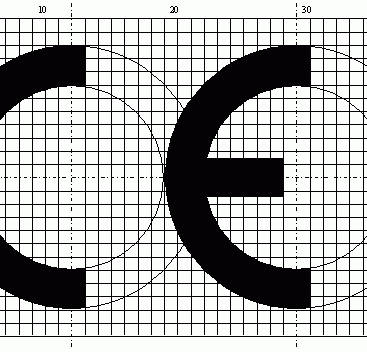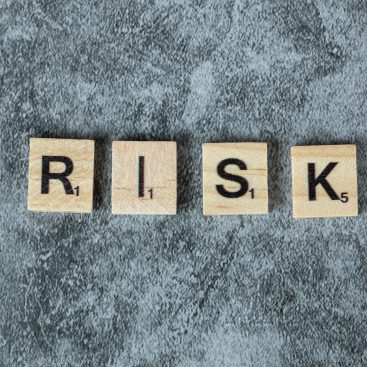 Gone are the days when the family doctor made house calls. Welcome to the modern healthcare industry: a vast mess of doctors, clinics, HMOs, hospitals, third-party providers, and patients, all interconnected via online networks that hold vast amounts of sensitive and critical data. Maintaining standards of excellence in this complex network is both critical and challenging.
Gone are the days when the family doctor made house calls. Welcome to the modern healthcare industry: a vast mess of doctors, clinics, HMOs, hospitals, third-party providers, and patients, all interconnected via online networks that hold vast amounts of sensitive and critical data. Maintaining standards of excellence in this complex network is both critical and challenging.
Therefore, healthcare organizations use GAP analysis as a tool to help governments and medical service providers identify what needs to change to deliver better services and outcomes. From global healthcare organizations to small-town clinics, GAP analysis is making a difference for the future of healthcare. Here are three examples of how.
WHO prepares for pandemic
COVID-19 was not the first epidemic of the 21st century. Before that there was the 2009 H1N1 flu epidemic. Although smaller in scope than the coronavirus, it has pushed the World Health Organization (WHO) to face the possibility of a more widespread pandemic. One of the ways the organization did this was by conducting a GAP analysis of the preparedness levels of different regions and countries around the world.
The GAP analysis was a large and complex undertaking that took four years to complete. It focused on measuring three key capacities during a pandemic: detection, tracking and sharing of virus samples and information between countries.
The GAP analysis used regional data to measure key capacities in different countries, from level one (low) to level four (high). For example, for detection capacity, the study found that 70 percent of countries had a low to weak rating, including 83 percent of African countries and 82 percent of Southeast Asian countries.
Overall, the GAP analysis found that laboratory and surveillance capabilities were inadequate in all regions, with Africa having the largest GAPs. While every pandemic is different and it’s impossible to predict when someone will hit and exactly what will happen, GAP analyzes like this are helping bring the world closer to a more effective emergency response.
GAP analysis for the health of your business
The global healthcare industry faces extraordinary challenges every day. Medical knowledge and skills are ubiquitous, but bringing them to the masses is harder than ever. COVID-19 has shed light on the GAPs between where healthcare is today and where it could be. And when it comes to health, the risks are no less than life and death. That’s why GAP analysis in healthcare is not just another business process – it’s a critical, life-saving tool.
















